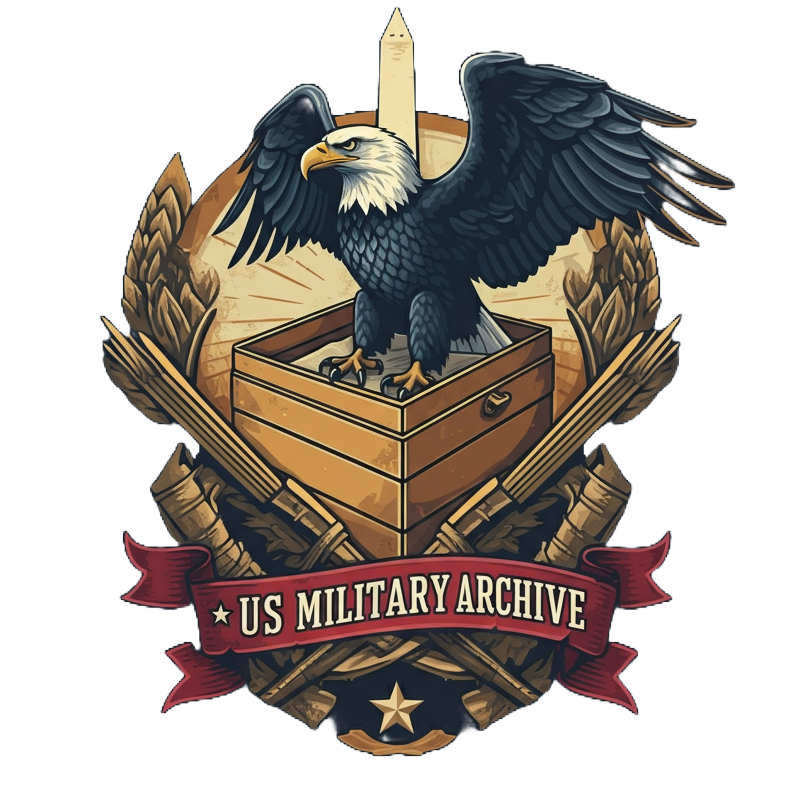Article Text
The Genesis of American Air Power: Balloons in the Early National Era
The early national era of the United States, a period defined by the newly formed republic's pursuit of stability and westward expansion, also witnessed the earliest stirrings of American air power. This took a form far different from the advanced aircraft of modern warfare: the balloon. Though seemingly simple, the exploration and limited use of balloon technology during this time foreshadowed the strategic significance of aerial observation and control, prefiguring principles of maneuver warfare by offering a glimpse into the potential of positional advantage and its impact on enemy perception.
This analysis centers on the development and application of balloon technology within the US military during the early national era, examining its role in shaping early American military strategy. Examining this era reveals an inherent drive to leverage height and perspective for military gain.
Documented Instances and Strategic Context
While concrete instances of balloon use by the U.S. military during the early national era are scarce, historical accounts indicate the concept of military ballooning was gaining traction in Europe. The French Aerostatic Corps, established in 1794 during the French Revolutionary Wars, effectively used tethered balloons for reconnaissance, notably at the Battle of Fleurus. This European development sparked interest among American military thinkers. While no formal American balloon corps emerged during this period, the seeds of interest in aerial observation were sown. This nascent awareness, even without widespread documented American use, is crucial. The intellectual groundwork laid during this era proved invaluable later, particularly during the American Civil War, where balloons played a significant reconnaissance role.
Challenges and Limitations
Early balloon technology faced substantial obstacles. Materials science was in its infancy, impacting the resilience and reliability of balloon envelopes. Hydrogen, the primary lifting gas, was highly flammable and dangerous. Controlling balloon movement was another major challenge. Tethered balloons had limited mobility, while free-floating balloons were at the mercy of the wind. These limitations significantly restricted the practical application and strategic impact of early military balloons. Reliance on favorable weather and the inability to precisely control balloon position meant their use was often opportunistic rather than strategically planned.
Precursor to Modern Air Power
Despite these limitations, the early interest in military ballooning during the early national era can be seen as a direct precursor to later advancements in air power. The fundamental principle of gaining a high vantage point for observation, reconnaissance, and ultimately, battlespace control, was recognized early on. The challenges encountered with early balloon technology spurred innovation and laid the groundwork for the development of more advanced aerial platforms. The limitations of early balloons highlighted the need for improved materials, propulsion systems, and control mechanisms, all of which were addressed in later decades with the advent of dirigibles and airplanes. This evolutionary trajectory underscores the importance of early experimentation, even with seemingly basic technologies, in shaping the future of warfare.
Maneuver Warfare and Positional Advantage
The early adoption of balloon technology, even in its nascent form, reflects fundamental principles of maneuver warfare. While the concept of maneuver warfare wasn't formally articulated during this period, the inherent understanding of the advantages conferred by positional superiority—specifically height advantage—is evident. Balloons, by elevating observers above the battlefield, provided a broader perspective, allowing for better assessment of terrain, enemy troop movements, and potential avenues of attack. This enhanced situational awareness could theoretically enable commanders to make better decisions, anticipate enemy actions, and maneuver their forces more effectively. While the limitations of early balloons prevented the full realization of these principles, they served as a catalyst for future developments in aerial reconnaissance and its integration into military strategy.
Conclusion
The history of military ballooning in the early national era of the United States, though marked by limited practical application, holds significance for its conceptual contribution to the development of American air power. The recognition of the strategic potential of aerial observation, combined with the drive to overcome the technical limitations of early balloons, set the stage for future innovations in military aviation. This period of experimentation, though seemingly minor in the broader narrative of American military history, offers valuable lessons for future military development, emphasizing the importance of exploring new technologies, even in their most basic forms, to gain a decisive advantage in warfare. The pursuit of positional advantage, exemplified by the early adoption of balloon technology, continues to drive military innovation today, shaping the development of increasingly sophisticated aerial platforms and their integration into modern military strategy.
Files
There are no files available.

